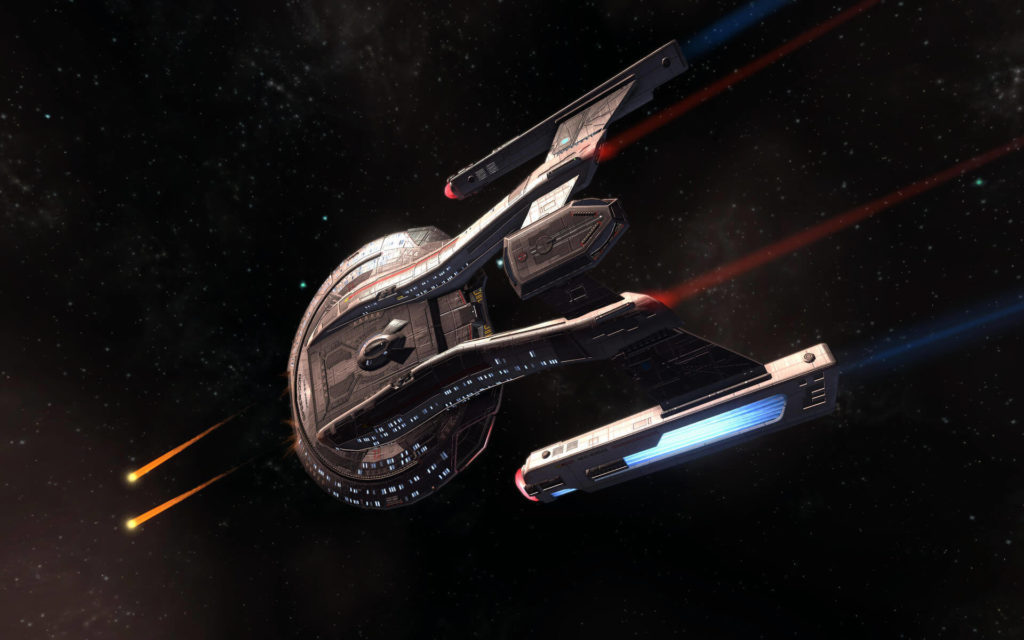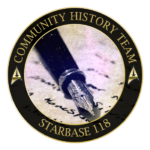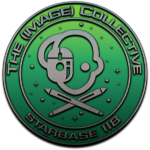LANAXA SYSTEM — USS Chin’toka races to divert a neutron star on a collision course for the Lanaxa System.
The USS Chin’toka, NCC-97187, was dispatched on an emergency mission of mercy when reports arrived that a highly magnetized neutron star travelling at near warp speeds was only days away from causing massive disruptions to the Lanaxa System, threatening the life of its inhabitants.
The crew felt the enormity of the task when it was first given to them but after assurances from Capt. Mei’konda Delano and First Officer Cmdr. Jaelyne Isa, the crew responded in typical Starfleet fashion, diving headfirst into the task to find a solution to the dilemma.
“This task is enormous,” said Isa to the bridge officers, “perhaps one of the most difficult we will ever face. However, this is a fine crew. Perhaps the finest in Starfleet.… This is what we do.”
After racing at high warp for several hours, the ship dropped to sub-light long enough to dispatch a shuttle carrying Delano and a small team so that they could assess the situation on Lanaxa as well as review their data on the star.
Meanwhile, the ship, under the temporary command of Isa, headed closer to the star to examine it and work on solutions. They took several scans of the neutron star and, amongst other items; the crew detected what appeared to be a twenty-thousand-year-old D’Deridex class warbird. Chief Science Officer, Lt. Noa Levinson, explained that this resulted from the time dilation between the star and the areas outside the star’s magnetic influence.
The crew devised several ideas for how to deal with the star, including creating a graviton wave, a web formed from a tractor beam and deflected from several of the Chin’toka’s small craft, and firing torpedoes or other objects at its core to nudge it. Isa even suggested doing a combination of these ideas, possibly even all three, until the idea that life might exist inside the star’s magnetic field was postulated.
On Lanaxa, Delano and his team consulted with House Lanaxa representatives and gained access to their scientific data, spanning a time period of around twenty years. It was discovered that the star emerged from the nearby Norlian Nebula and has made a few minor course corrections over that time, as well as displaying evidence of increasing speed.
It was at this point that the theory was postulated that life might exist inside the star’s magnetic field, and following the return of Delano’s team to the ship, they made attempts to determine if such life did in fact exist, and if so, how their ideas might affect such life.
Having only four days to solve this dilemma and divert the neutron star, the crew is determined to do whatever it takes to succeed. “At any cost,” Delano told the crew at the start of the mission.
More as this story develops.
Written by Jaelyne Isa



















